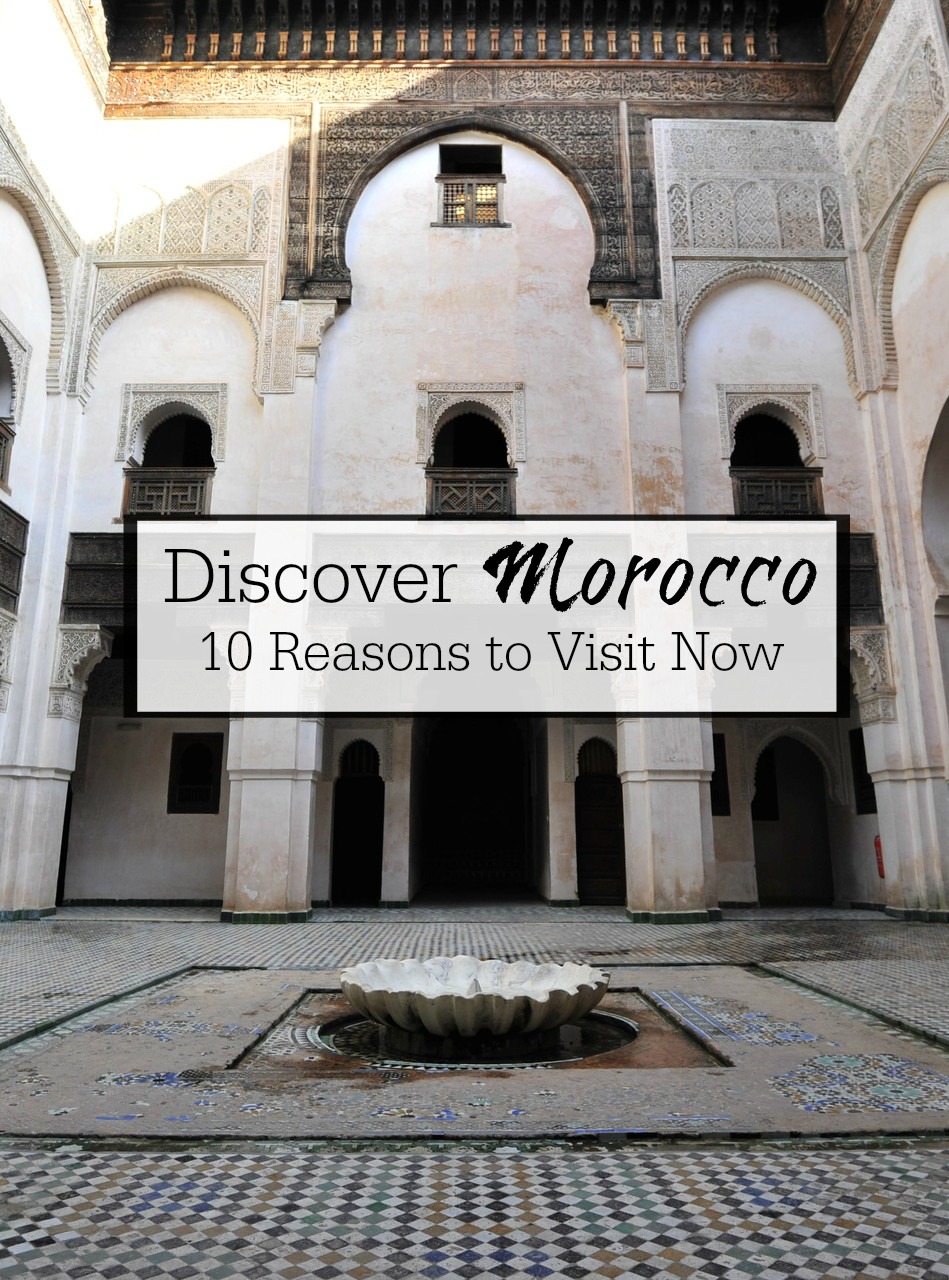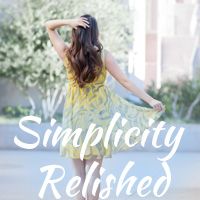I often do a “10 best snapshots” post after we travel (see Japan and Ecuador), because our passion as travelers is to find frames that capture everything we loved about our trip.
But Morocco is different. I’ve had countless people ask me whether going to Morocco was worthwhile— and whether they should plan a trip themselves. Some have expressed fears regarding safety, while others wonder what exactly there is to see.
In today’s political climate, I honestly can’t think of a better time to visit an Islamic country. I’ll explain more below, but the gist is this: we don’t know what we don’t know, and that can only be resolved by going and seeing for ourselves.
The bottom line? I think you should go to Morocco. And I’m about to prove it.

10 Reasons To Visit Morocco Now
1) It is safe.
I’ll be honest. The Paris attacks happened hardly a month before we packed our bags or Spain and Morocco. While we didn’t genuinely consider canceling our trip, the thought did arise: is it safe to travel?
What I found was quite reassuring– Moroccans (generally) despise the terrorist movement and the government has absolutely no tolerance for it. In fact, Morocco has enjoyed relative peace for quite some time. If you visit Morocco, you will not see much of a military presence at all, except around the king’s residences. There is very little reference to violence of any kind in public spaces, and there was never a time when we felt unsafe as foreign visitors.

2) It is a Muslim country.
Yes, I intentionally listed this reason below the first. If you are at all curious about the Muslim world, I strongly suggest you visit Morocco. You’ll be able to visit beautiful Islamic colleges, and enter the Hassan II mosque in Casablanca. You’ll hear calls to prayer throughout the day, and see some take pause for the ritual while others go on their merry way. I think there’s a lot of value taking a closer look at religious and secular Muslim culture. There are fascinating stories, cultural values and traditions that have inspired me to think differently.

3) The architecture is stunning.
Islamic arches, spires, and courtyards are inspired by the divine; in lieu of depictions of humans or animals, you’ll see patterns with flowers, stars and Arabic letters. One aspect of the architecture I really enjoyed were the courtyards: whether in Islamic seminaries or in the riads where we stayed, there were lots of water features and plants in these secluded gardens.
Oh, did I mention the mosaics? They’re everywhere– and you won’t be able to stop taking photos of them.

4) The marketplace is real.
Growing up in the suburbs of San Francisco, you can imagine my amazement when I entered my first marketplace in Asia. Fresh produce spills over countertops and onto the floor; meat dangles from the windows of butchershops; knick knacks pile up as vendors shout and bargain. Vehicles pass through, filled to the brim. The marketplace is real.
The souks in Fes and Marrakech were sights to behold. Among the individuals passing through were women, men and children who lived in the old medinas, along with tourists like us, moving slowly and taking in the scenes. There’s nothing quite like it– and it’s the perfect place to find a gift for someone you love.

5) Hospitality is ingrained.
Moroccan hospitality is splendid. Mint tea is served upon arrival, and there is a longstanding tradition of inviting neighbors, friends and even acquaintances into one’s home. Even as we entered the little shops in the market, we could sense the shopkeepers’ pride in the products they had curated. This culture of Middle Eastern hospitality even supersedes our Western notion of “customer service”– it’s a raw, honest, and proud manner of showing love and acceptance.

6) The food is decadent.
The thing I loved most about dining in Morocco was the new flavor combinations I hadn’t seen before. Cinnamon and garlic. Lemon and olives. Lamb and prunes. The sweet-savory aromatics swirled together in tagines, a clever clay slow-cooker. The handmade couscous was buttery and fluffy, and the local bread was flavorful and satisfying. There is also a lot of food served at every meal, but don’t worry: no one is expected to finish all the dishes.

7) Its history is dynamic.
The Romans once occupied the region that is now Morocco. Many other people groups have also moved through, the Berbers and Arabs among them. Morocco is not at all homogeneous; it is a blend of local traditions, French influence, and stories from ancient merchants crossing the desert.
If you visit Morocco, you’ll be surprised that none of this region can be cast in a single shade of light. There is nuance at every corner, opposites converging, boundaries constantly being re-negotiated.

8) The scenery is magical.
Morocco is also full of natural beauty, not least due to its portion of the Sahara. We ventured into the dunes and beheld the waves of sand and sky that fit together like puzzle pieces– the home of nomads from centuries past. Dromedaries (one-hump camels) are the beasts of burden there, and they can certainly put you in a laughing fit!

9) You’ll see a different side of North Africa.
On the whole, North Africa has not been known for peace and stability. And sadly, despite my curiosity, I will be staying out of Algeria and Libya for the time being. But Morocco? It’s low-risk and highly rewarding.
It’s easy for us to forget that in order to make it into an American newspaper, significant change or physical impact must occur. Thus we hear about violence and uprising in the area, and we shudder.
But that doesn’t mean there aren’t ordinary people journeying through quiet, ordinary lives in these very places we fear to tread. Poorer families in Morocco still bring their homemade bread to the town’s communal oven, picking up their fresh loaves at the end of the day. Women laugh and chat in the privacy of their homes. Children play soccer in the alleys behind their homes, making way for the occasional bike or donkey passing through. The region is both beautifully mysterious, and comfortingly ordinary.

10) They want you to come.
They really do. All the Moroccans we interacted with in Casablanca, Fes, the Sahara, and Marrakech were so excited that we were visiting. Not only is the tourist industry extremely important in this region, but the locals are also proud of their little country. They poured out hospitality, enthusiastically demonstrated their craft, and some even told us to bring our friends back. Children giggled and waved, gazing at us with curiosity. Even if our new friends didn’t agree with us on every issue, they would earnestly seek to understand our perspective and passionately share theirs.

Want to know more? Check out my past photo diaries and guides on Morocco!
- Casablanca and beyond
- 10 things you absolutely have to do in Fes
- The Sahara Desert
- A quick guide to Marrakech


